What brought so many white settlers to Colorado?
What brought so many white settlers to the mountains of Colorado? It’s mainly one word: Gold.
The area of North America that we now call Colorado is old. If you’re in the Denver area, the evidence of that is easy to see. Look west and what do you see? Mountains. Not just any mountains, but the Rocky Mountains. (Rocky Mountain National Park is a relatively short drive from downtown Denver.) Mountains to the north. Mountains to the south.
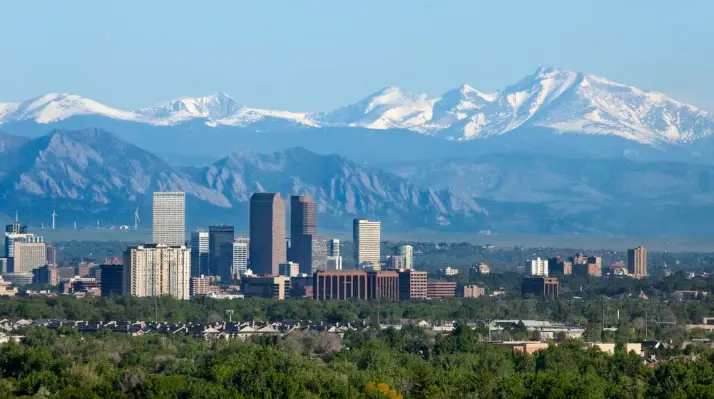
Old? It took a lot of geological time for these mountains to cool (when the surface of the Earth was hot and malleable) and then get pushed up toward the heavens. It took millions of years of earthquakes and tectonic movement.
These mountains divided a continent: North America. The Continental Divide is not far from these mountains. Indeed, much of the Continental Divide is in the Rocky Mountains. (“Continental Divide?” Water on one side flows down toward the Pacific Ocean. Water on the other flows down toward the Atlantic Ocean or to the Gulf of Mexico.)

As early as 14,000 years ago the earliest inhabitants in the area we now call Colorado were different nomadic bands of Native Americans. This included the Arapaho, Cheyenne, Kiowa, Ancestral Puebloans, Sioux, and Ute tribes. In the 16th Century (1540’s – 1590’s) the Spanish made expeditions into Colorado. Interestingly, their reason for coming? Gold. In the end, they didn’t find the amount of gold they thought they would. They didn’t bother much with the area after that.
The word Colorado is Spanish for red or ruddy. The Rio Grande River, which begins high in the mountains of south central Colorado, carried muddy red sediment southeast down through New Mexico and Texas toward the Gulf of Mexico.
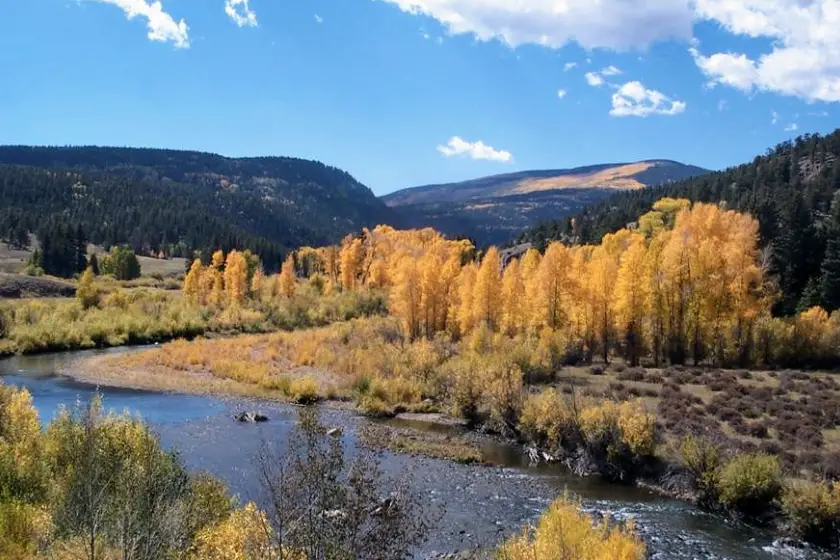
In the 1840’s, the first wave of white settlers, Hispanic Americans coming up from Mexico, came to the San Luis Valley of Colorado. The valley has good soil and is rich in agriculture today (potatoes, lettuce, wheat, and barley).
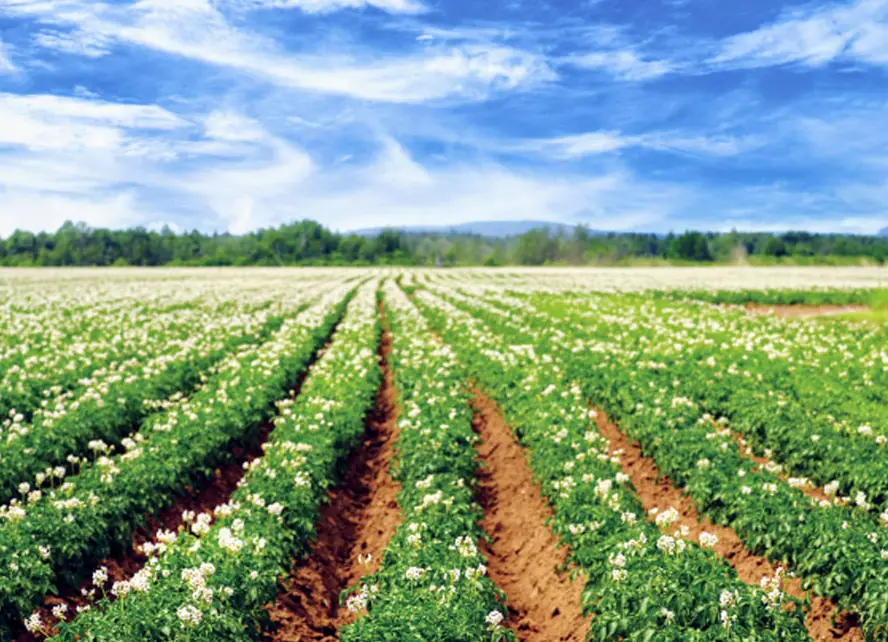
In the summer of 1858, a group of settlers called the Green Russell party camped near what is now Arvada, a suburb of Denver. They panned for gold in the stream beds there. They did find gold and decided to move upstream. They passed Cherry Creek (well-known to residents of Denver today) and tried again at Little Dry Creek, an area near present-day Englewood, the south part of the Denver area. Here they found larger amounts of gold. Word of the discovery spread. It was 1859, 10 years after the start of the California Gold Rush.
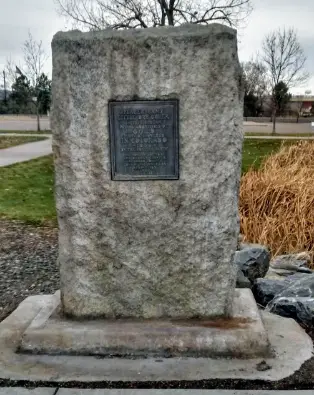
This find started the Pike’s Peak Gold Rush. (Later, this came to be called the Colorado Gold Rush.) The discovery of “large” amounts of gold brought over a hundred thousand gold-seekers from all points on the compass to the Front Range of Colorado. On the south they looked for gold in the Colorado Springs area. In the north, they went as far as present-day Boulder. And all points in between were searched for gold.
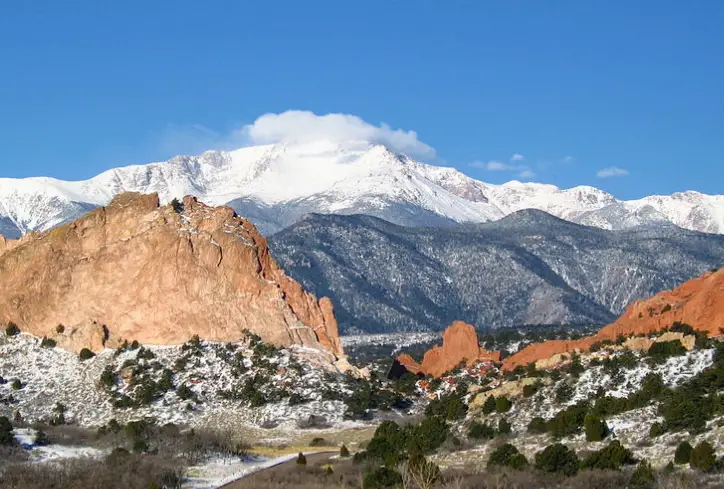
In 1879, twenty years after the Colorado Gold Rush, a boom in silver mining began. This started, interestingly, in the town of Leadville, the same place where J.J. Brown became a rich and prominent figure in the mining industry. (You may have heard of his wife, Margaret. She also came to be known as the “Unsinkable Molly Brown.” TheCuriousOnlooker already has a post about her here.)
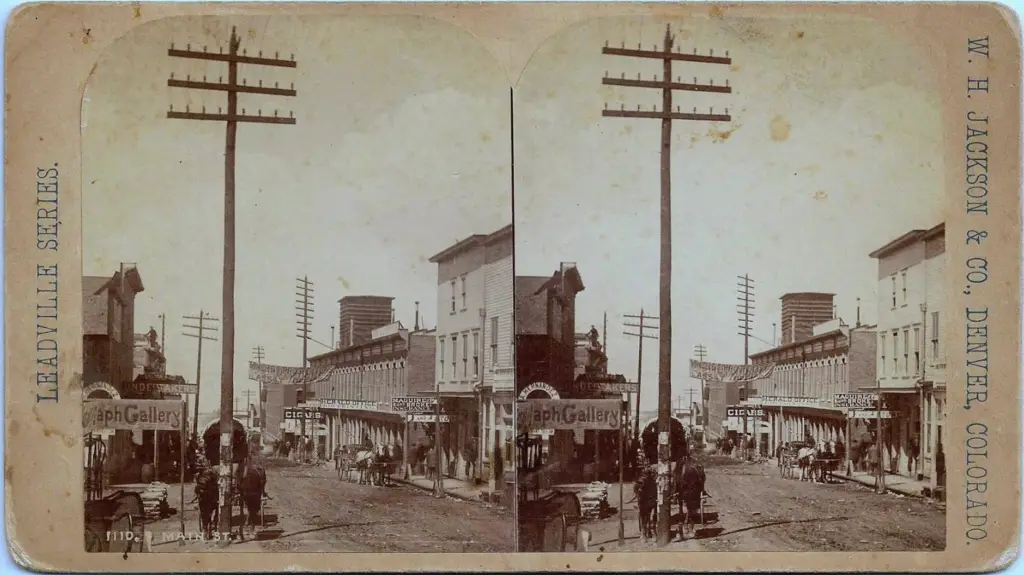
Most of the wealth-seekers that came didn’t find much…except hard work and hard luck. A lot of them became disillusioned and returned to wherever they came from. But like a lot of boom-and-bust places, some people decided to stay and make new lives for themselves.
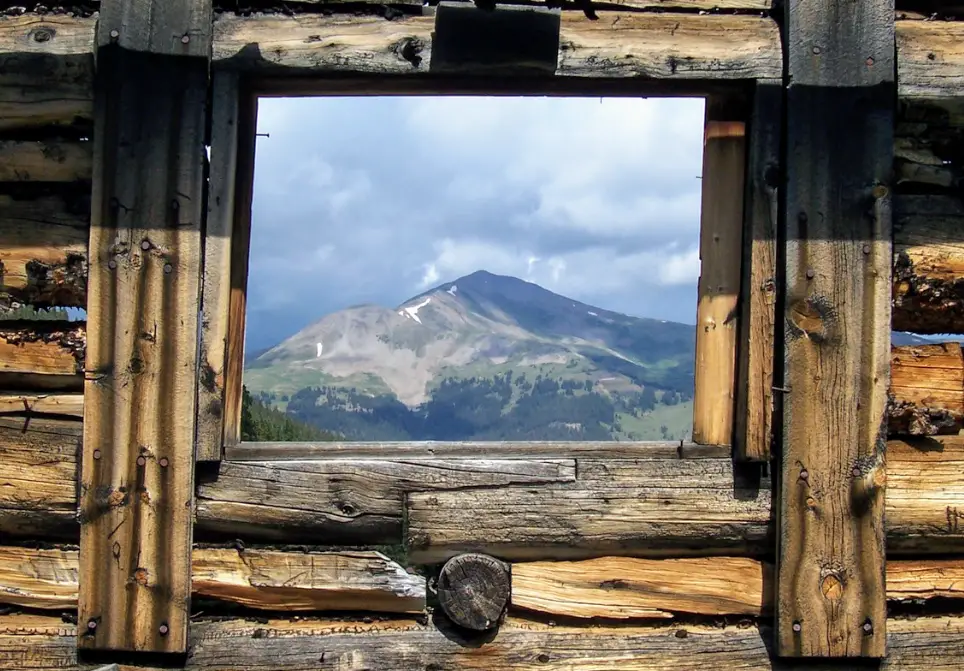
Colorado used to be part of the Kansas and Nebraska territories. So many people did decide to stay that the Colorado Territory was created in 1861. Fifteen years later, in August 1876, just 28 days after the Centennial of the United States, President Ulysses S. Grant signed a proclamation admitting Colorado as the 38th state. This is why Colorado is often called the Centennial State.
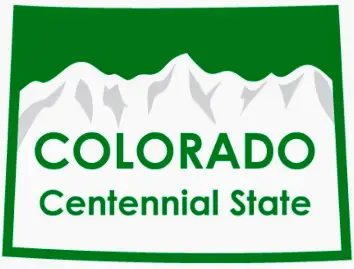
I consider myself fortunate to have lived in Colorado. It was in the Denver Front Range area. There are so many places of natural beauty. It’s no wonder that so many people decided to stay after their search for fame and fortune.
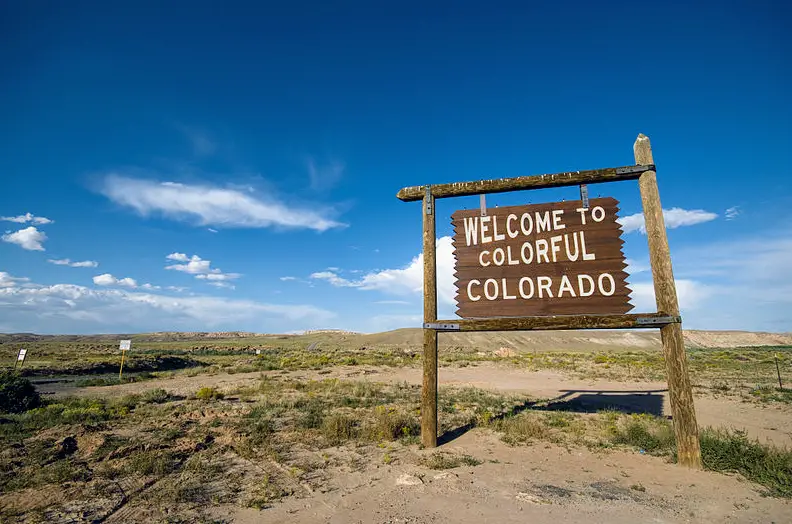

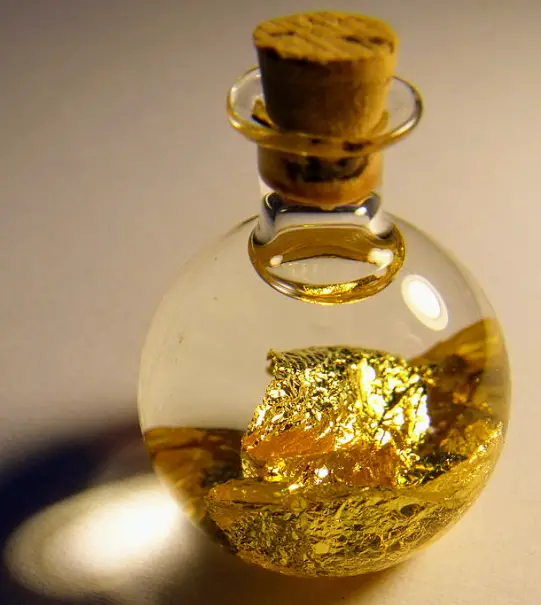
Good summary Frans. I really enjoyed my BDR (Backroad Discovery Route) through these mountains. Signs of mining were everywhere, and we benefited greatly from the roads those miners created through mountain passes.
I saw pictures of that BDR trip over/through the Rockies. They were amazing! I remember one where one in your riding group lost his bike down a steep rock slide. How your group ever recovered that bike is probably an amazing story by itself. I love seeing the ocean. Living in the (Rocky) mountains is like….having a blanket around me. I wasn’t looking for gold, but I’m glad I found the mountains.
– F
(TCO #1)